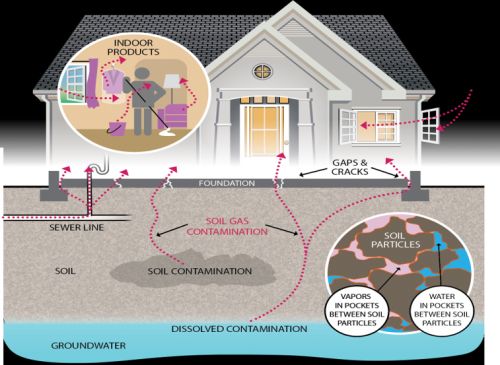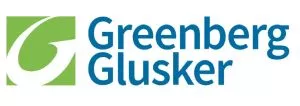Last month, I had the pleasure of participating in a roundtable discussion regarding "Transactional Real Estate and Environmental Due Diligence" co-hosted by Primerus and Association of Corporate Counsel. I don't know about my co-panelists (Michaël Hassan, Tina Denso, and Melissa Demorest LeDuc), but I personally left the discussion with much left unsaid. One hour was not enough to cover this complex topic. Accordingly, I've decided to distill some of our key points.
Environmental Risks in Real Estate Transactions
- Regulatory directives (information requests; investigative/cleanup orders; endangerment orders; corrective action orders)
- First-party claims by Seller/buyer
- Failure to disclose or inaccurate reps/warranties
- CERCLA (Superfund Law) claims
- RCRA (endangerment or violation) claims
- Common law claims such as nuisance and trespass
- Third-party claims by neighboring property owners
- Toxic tort claims
- Lender requirements
- Reporting obligations
- Loss of property value and future marketability
- Reputational Risk
Types of Contaminated Media
- Soil
- Soil Gas
- Groundwater
- Indoor Air
- Building Materials (asbestos/lead-based paint)
Below is also a useful schematic for understanding environmental contamination courtesy of the California State Water Resources Control Board:

Identifying Potential Environmental Issues
A Phase I Environmental Site Assessment incorporates the following key elements:
- Site visit
- Review of databases
- Review of historical records
- Review of federal, State and local agency records
- Interviews
- Identifying "Recognized Environmental Conditions"
- Recommending a Phase II, if warranted
A Phase II Environmental Site Assessment incorporates the following key elements:
- Invasive testing to determine presence of contaminants or hazardous substances
- Work based on areas of concern, chemicals of concern, local geology, and site access issues
ASTM Standard
Newly adopted ASTM E1527-21 is used to satisfy the "All Appropriate Inquiries" requirements under US EPA rules that allow parties of commercial property transactions to establish certain defenses to liability under CERCLA. "Recognized Environmental Condition" is the terminology used by the environmental consultant in a Phase I Report to identify a particular, potential environmental impairment on the property. The recently revised standard:
- Clarified definitions of Recognized Environmental Condition ("REC"), Historical REC ("HREC"), and Controlled REC ("CREC").
- Clarified report viability (aka Report Shelf Life) – 180 days from specific components (interviews, record searches, records review, inspection, etc.).
- Required review of aerials, fire insurance maps, local street directories, and topo maps if reasonably ascertainable, likely useful, and appliable.
- Updated requirements for conducting title searches for identifying Environmental Liens and Activity Use Limitations ("AULs").
- Added Emerging Contaminants, such as polyfluoroalkyl substances (PFAS) as a non-scope consideration.
- Included a REC vs HREC vs CREC logic diagram as an Appendix.
For a more complete summary, please see my colleague Sedina Banks' useful article.
Strategies for Buyers Acquiring Contaminated Property
While some buyers shy away from deals involving contaminated property, there are ways to manage risks, such as:
- Credit/price reduction
- Escrow/holdback for mitigation/cleanup
- Indemnities
- Releases
- Environmental insurance
- Comfort letters / regulatory assurances
Bottom Line
Environmental due diligence is a complicated but important component of real property transactions. Knowledge of key diligence issues is critical to accurate property valuation, limiting risk, and optimizing investment returns. Selecting the right environmental counsel and technical consultant are essential elements in this process.
The content of this article is intended to provide a general guide to the subject matter. Specialist advice should be sought about your specific circumstances.
We operate a free-to-view policy, asking only that you register in order to read all of our content. Please login or register to view the rest of this article.


